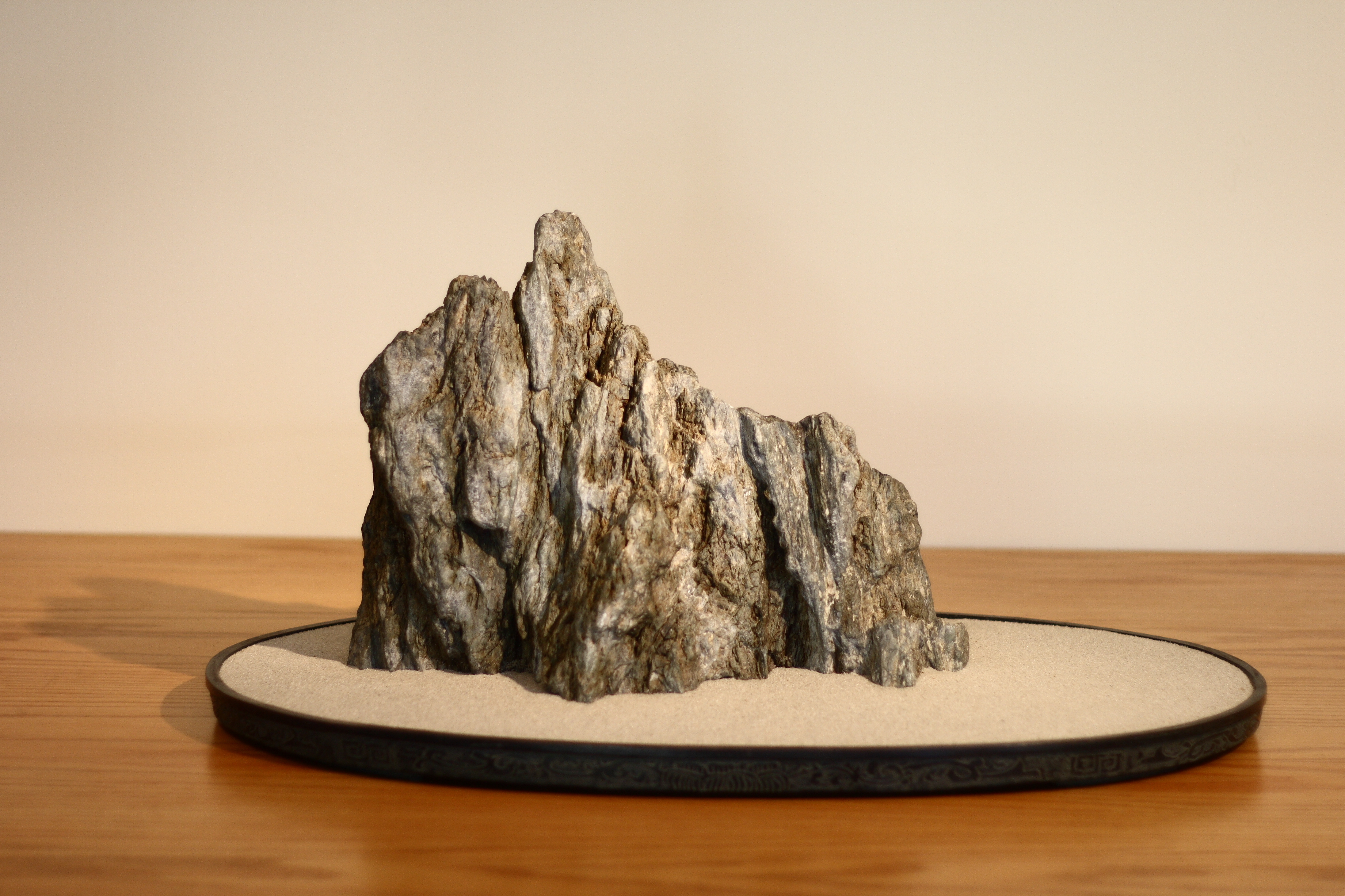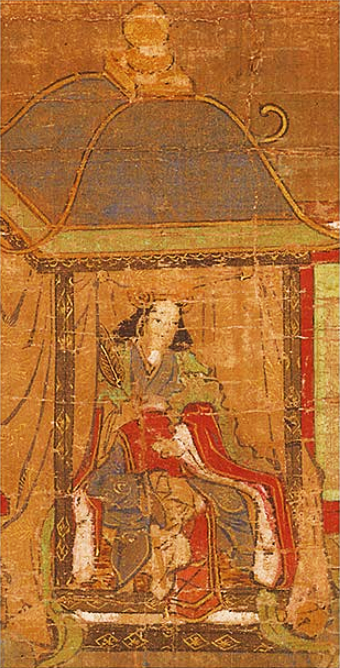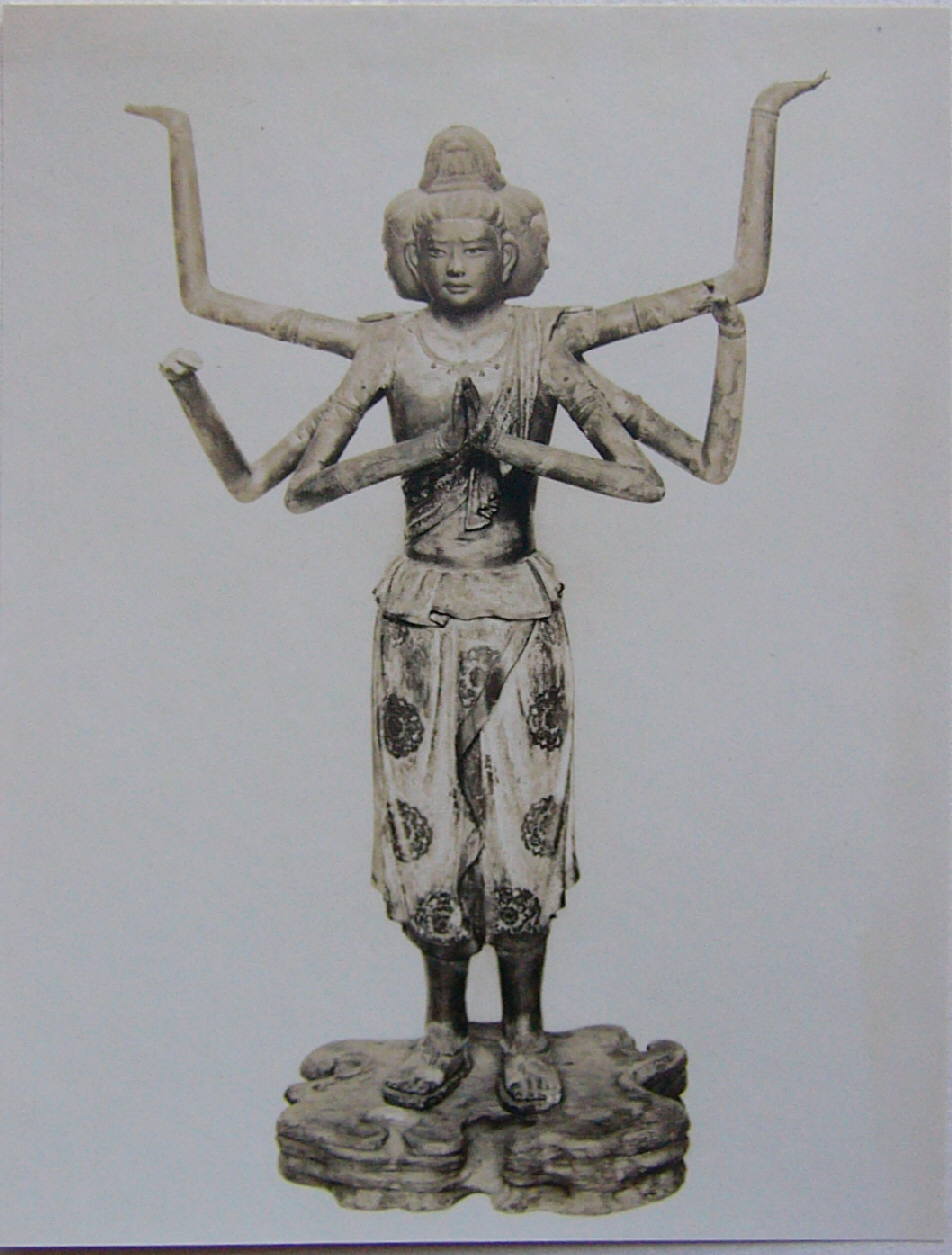|
Suiseki
In traditional Japanese culture, are small naturally occurring or shaped rocks which are appreciated for their aesthetic or decorative value. They are similar to Chinese scholar's rocks.Cousins, Craig. (2006) ''Bonsai Master Class,'' p. 244 History Chinese scholar's rocks called ''gongshi'' influenced the development of ''suiseki'' in Japan. The history of ''suiseki'' in Japan begins during the reign of Empress Suiko. The small objects were brought to Japan as gifts from the Chinese Imperial court. ''Suiseki'' are usually presented in two different ways: *The stone is provided with a wooden base (''daiza''). *The stone is placed in a waterproof tray or bowl of ceramic (''suiban'') or bronze (''doban''). These stones are not just any stones which can be found in nature; they must be expressive stones and have a special shape, color and texture to be categorized as ''suiseki''. There is a distinction between landscape and object stones. The former reflect landscapes such as ... [...More Info...] [...Related Items...] OR: [Wikipedia] [Google] [Baidu] |
Chinese Scholar's Rocks
''Gongshi'' (), also known as scholar's rocks, are naturally occurring or shaped rocks which are traditionally appreciated by Chinese scholars.Metropolitan Museum of Art "The World of Scholars' Rocks Gardens, Studios, and Paintings" retrieved 2012-12-20. The term is related to the Korean '' suseok'' () and the Japanese '' suiseki'' (). Scholars' rocks can be any color, and contrasting colors are not uncommon. The size of the stone can also be quite varied: scholars' rocks can weigh hundreds of pounds or less than one pound. The term also identifies stones which are placed in traditional Chinese gardens. History In the Tang dynasty, a set of four important qualities for the rocks were recognized. They are: thinness (瘦 shòu), openness (透 tòu), perforations (漏 lòu), and wrinkling (皺 zhòu). Gongshi influenced the development of Korean '' suseok'' and Japanese '' suiseki''. Sources There are three main Chinese sources for these stones. * Lingbi stone (''Lingbishi'') ... [...More Info...] [...Related Items...] OR: [Wikipedia] [Google] [Baidu] |
Gongshi
''Gongshi'' (), also known as scholar's rocks, are naturally occurring or shaped rocks which are traditionally appreciated by Chinese scholars.Metropolitan Museum of Art "The World of Scholars' Rocks Gardens, Studios, and Paintings" retrieved 2012-12-20. The term is related to the Korean ''suseok'' () and the Japanese ''suiseki'' (). Scholars' rocks can be any color, and contrasting colors are not uncommon. The size of the stone can also be quite varied: scholars' rocks can weigh hundreds of pounds or less than one pound. The term also identifies stones which are placed in traditional Chinese gardens. History In the Tang dynasty, a set of four important qualities for the rocks were recognized. They are: thinness (瘦 shòu), openness (透 tòu), perforations (漏 lòu), and wrinkling (皺 zhòu). Gongshi influenced the development of Korean ''suseok'' and Japanese ''suiseki''. Sources There are three main Chinese sources for these stones. * Lingbi stone (''Lingbishi'') (Chi ... [...More Info...] [...Related Items...] OR: [Wikipedia] [Google] [Baidu] |
Suseok
''Suseok'' ( ko, 수석), also called viewing stones or scholar's stones, is the Korean term for rocks resembling natural landscapes. retrieved 2013-2-7. The term also refers to the art of stone appreciation. The stone may be hand-carved or naturally occurring, with natural stones being of greater value. Such stones are similar to Chinese '''' () and Japanese '' suiseki'' ().Brokaw, Charles. (2011) ... [...More Info...] [...Related Items...] OR: [Wikipedia] [Google] [Baidu] |
Cape San Martin Suiseki, October 10, 2008
A cape is a clothing accessory or a sleeveless outer garment which drapes the wearer's back, arms, and chest, and connects at the neck. History Capes were common in medieval Europe, especially when combined with a hood in the chaperon. They have had periodic returns to fashion - for example, in nineteenth-century Europe. Roman Catholic clergy wear a type of cape known as a ferraiolo, which is worn for formal events outside a ritualistic context. The cope is a liturgical vestment in the form of a cape. Capes are often highly decorated with elaborate embroidery. Capes remain in regular use as rainwear in various military units and police forces, in France for example. A gas cape was a voluminous military garment designed to give rain protection to someone wearing the bulky gas masks used in twentieth-century wars. Rich noblemen and elite warriors of the Aztec Empire would wear a tilmàtli; a Mesoamerican cloak/cape used as a symbol of their upper status. Cloth and ... [...More Info...] [...Related Items...] OR: [Wikipedia] [Google] [Baidu] |
Exhibition Suiseki And Shangshi Prague 2011 2257
An exhibition, in the most general sense, is an organized presentation and display of a selection of items. In practice, exhibitions usually occur within a cultural or educational setting such as a museum, art gallery, park, library, exhibition hall, or World's fairs. Exhibitions can include many things such as art in both major museums and smaller galleries, interpretive exhibitions, natural history museums and history museums, and also varieties such as more commercially focused exhibitions and trade fairs. In British English the word "exhibition" is used for a collection of items placed on display and the event as a whole, which in American English is usually an "exhibit". In both varieties of English each object being shown within an exhibition is an "exhibit". In common usage, "exhibitions" are considered temporary and usually scheduled to open and close on specific dates. While many exhibitions are shown in just one venue, some exhibitions are shown in multiple locat ... [...More Info...] [...Related Items...] OR: [Wikipedia] [Google] [Baidu] |
Rock (geology)
In geology, rock (or stone) is any naturally occurring solid mass or aggregate of minerals or mineraloid matter. It is categorized by the minerals included, its chemical composition, and the way in which it is formed. Rocks form the Earth's outer solid layer, the crust, and most of its interior, except for the liquid outer core and pockets of magma in the asthenosphere. The study of rocks involves multiple subdisciplines of geology, including petrology and mineralogy. It may be limited to rocks found on Earth, or it may include planetary geology that studies the rocks of other celestial objects. Rocks are usually grouped into three main groups: igneous rocks, sedimentary rocks and metamorphic rocks. Igneous rocks are formed when magma cools in the Earth's crust, or lava cools on the ground surface or the seabed. Sedimentary rocks are formed by diagenesis and lithification of sediments, which in turn are formed by the weathering, transport, and deposition of existing ro ... [...More Info...] [...Related Items...] OR: [Wikipedia] [Google] [Baidu] |
Empress Suiko
(554 – 15 April 628) was the 33rd monarch of Japan, Imperial Household Agency (''Kunaichō'') 推古天皇 (33)/ref> according to the traditional order of succession. Suiko reigned from 593 until her death in 628. In the history of Japan, Suiko was the first of eight women to take on the role of empress regnant. The seven female sovereigns reigning after Suiko were Kōgyoku/Saimei, Jitō, Genmei, Genshō, Kōken/Shōtoku, Meishō and Go-Sakuramachi. Traditional narrative Before her ascension to the Chrysanthemum Throne, her personal name (her ''imina'') was Mikekashiya-hime-no-mikoto, also called Toyomike Kashikiya hime no Mikoto. Empress Suiko had several names including Princess Nukatabe and (possibly posthumous) Toyomike Kashikiya. She was a daughter of Emperor Sushun. Her mother was Soga no Iname's daughter, Soga no Kitashihime. Suiko was the younger sister of Emperor Yōmei. Life Empress Suiko was a consort to her half-brother, Emperor Bidatsu, but after Bid ... [...More Info...] [...Related Items...] OR: [Wikipedia] [Google] [Baidu] |
Bonseki
''Bonseki'' (, "tray rocks") is the ancient Japanese art of creating miniature landscapes on black trays using white sand, pebbles, and small rocks. Small delicate tools are used in Bonseki such as feathers, small flax brooms, sifters, spoons and wood wedges. The trays are either oval or rectangular, measuring about 60 by 35 centimeters in size. Oval trays have a low rim while rectangular ones are flat. Bonseki scenes often depict mountains, seashores, and gardens. Small stones are used to represent mountains, shore lines or rocky islands that waves break upon. Miniature structures, usually of painted copper, are sometimes added to the work to make houses, temples, bridges, and the like. Bonseki scenes by design are generally meant to only be temporary. Sometimes, by using special methods, a Bonseki scene can be preserved. This is called either ''bonga'' ("tray picture") or ''suna-e'' ("sand picture"). History The origins of Bonseki are unclear but it is believed Emperor ... [...More Info...] [...Related Items...] OR: [Wikipedia] [Google] [Baidu] |
Arts In Japan
The arts are a very wide range of human practices of creative expression, storytelling and cultural participation. They encompass multiple diverse and plural modes of thinking, doing and being, in an extremely broad range of media. Both highly dynamic and a characteristically constant feature of human life, they have developed into innovative, stylized and sometimes intricate forms. This is often achieved through sustained and deliberate study, training and/or theorizing within a particular tradition, across generations and even between civilizations. The arts are a vehicle through which human beings cultivate distinct social, cultural and individual identities, while transmitting values, impressions, judgments, ideas, visions, spiritual meanings, patterns of life and experiences across time and space. Prominent examples of the arts include: * visual arts (including architecture, ceramics, drawing, filmmaking, painting, photography, and sculpting), * literary arts (includi ... [...More Info...] [...Related Items...] OR: [Wikipedia] [Google] [Baidu] |
Japanese Sculpture
Sculpture in Japan began with the clay figure. Towards the end of the long Neolithic Jōmon period, some pottery vessels were "flame-rimmed" with extravagant extensions to the rim that can only be called sculptural, and very stylized pottery dogū figures were produced, many with the characteristic "snow-goggle" eyes. During the Kofun period of the 3rd to 6th century CE, haniwa terracotta figures of humans and animals in a simplistic style were erected outside important tombs. The arrival of Buddhism in the 6th century brought with it sophisticated traditions in sculpture, Chinese styles mediated via Korea. The 7th-century Hōryū-ji and its contents have survived more intact than any East Asian Buddhist temple of its date, with works including a ''Shaka Trinity'' of 623 in bronze, showing the historical Buddha flanked by two bodhisattvas and also the Guardian Kings of the Four Directions. Jōchō is said to be one of the greatest Buddhist sculptors not only in the Heian perio ... [...More Info...] [...Related Items...] OR: [Wikipedia] [Google] [Baidu] |
Rock Art In Asia
Rock most often refers to: * Rock (geology), a naturally occurring solid aggregate of minerals or mineraloids * Rock music, a genre of popular music Rock or Rocks may also refer to: Places United Kingdom * Rock, Caerphilly, a location in Wales * Rock, Cornwall, a village in England * Rock, County Tyrone, a village in Northern Ireland * Rock, Devon, a location in England * Rock, Neath Port Talbot, a location in Wales * Rock, Northumberland, a village in England * Rock, Somerset, a location in Wales * Rock, West Sussex, a hamlet in Washington, England * Rock, Worcestershire, a village and civil parish in England United States * Rock, Kansas, an unincorporated community * Rock, Michigan, an unincorporated community * Rock, West Virginia, an unincorporated community * Rock, Rock County, Wisconsin, a town in southern Wisconsin * Rock, Wood County, Wisconsin, a town in central Wisconsin Elsewhere * Corregidor, an island in the Philippines also known as "The Rock" * Jamaica, an isla ... [...More Info...] [...Related Items...] OR: [Wikipedia] [Google] [Baidu] |









